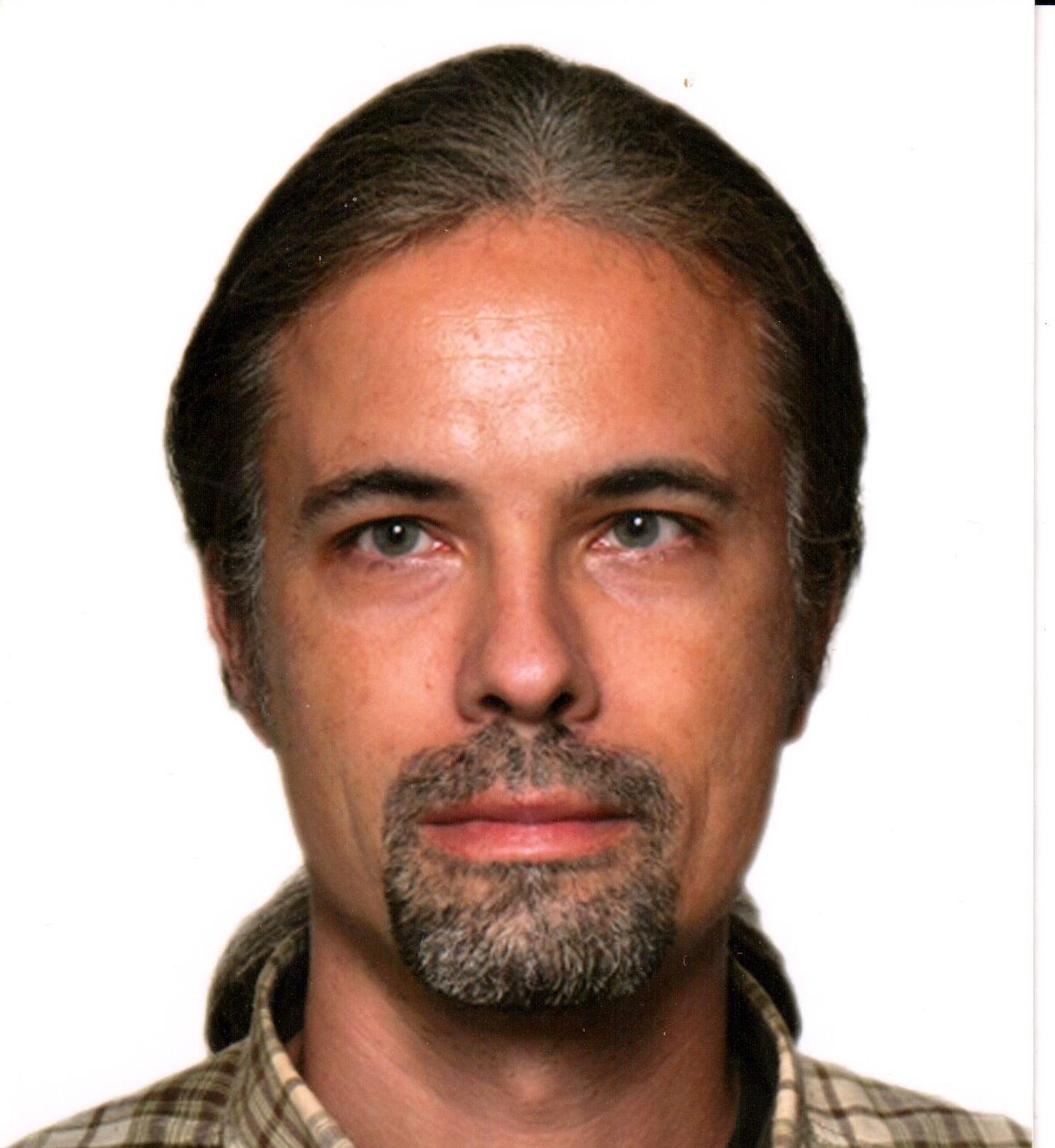Project coordinator from INCDS:

Junior researcher Dr. Adrian Lorenț
Project description
The FireEUrisk project is financed by the H2020 framework program of the European Commission (AG no. 101003890). The project counts 38 partners from 18 countries, and the results will be produced in the period 2021-2025. The Project Leader is Associacao Para O Desenvolvimento Da Aerodinamica Industrial, Portugal.
The consortium includes groups from regions with different fire regimes, ensuring comprehensive coverage of European fire conditions. The consortium was organized to consider all fire risk factors, including current and future conditions. The proposed integrated and inclusive approach will facilitate the comprehensive characterization of biophysical and socio-economic factors, with an emphasis on extreme fires and those occurring in the interface areas between urban and built-up areas.
Implementation duration: 4 years: May 2021 – April 2025
Website https://fireurisk.eu/
Goals
FirEUrisk will develop, evaluate and disseminate an integrated scientific strategy based on: 1) expanding current forest fire risk assessment systems, including critical risk factors not previously covered; 2) the production of effective measures to reduce the current fire risk conditions and 3) adapting management strategies to expected future climate and socio-economic changes. This will be done in close collaboration between researchers, stakeholders and citizens, integrating new technologies, guidelines and policy recommendations to improve current systems and practices at regional and EU scale. The project will address all types of forest fires, with a particular focus on mega-fires, the urban-wildland interface and the challenges of manifesting this type of risk in regions of Europe less prone to large-scale fires such as Nordic or Central European countries.
FirEUrisk will (a) model socio-economic issues and human activity that influence fire ignition, vulnerability and exposure; (b) assess the impact of national and EU policies on land-use change, the economy and rural development, in the context of future expectations of changes in the fire regime, and (c) consider potential cascading effects related to wildfire situations. This will enable FIREURISK to deliver innovative risk-based regional planning approaches that are effective in increasing the resilience of local communities, ensuring safety and enhancing the protection of assets and economic activity. The resulting advances in fire risk reduction will be linked to innovative organizational models and efficient business models that promote a cost-effective bioeconomy and nature-based solutions.
Project activities:
- WP1 has the main goal of producing all the risk life cycle variables, models and methodological schemes required for state-of-the-art fire risk assessment under current conditions at different spatial scales.
- WP2 will look at how different fire risk factors can be minimised, taking into account both hazard and exposure-vulnerability conditions to improve protection.
- WP3 will integrate climate, population and land-use change scenarios to estimate future fire regimes and assess the impact of these changes on socio-ecological vulnerability and exposure, improving prevention and preparedness, particularly in currently less affected areas of fires but for which an increase in their frequency is forecast, caused by climate change.
- WP4 the main objectives are to integrate the different phases and scales of fire risk management, to expand the fire risk knowledge currently existing in Europe, to implement open platforms for the exchange of data information and to analyze cascading effects.
- WP5 is an integrative and transversal work package to present the results achieved in WPs 1-4. WP5 will demonstrate in 5 regional pilot sites in Europe the new and integrated strategy for holistic risk-based fire management, addressing all phases of forest fire challenges: prevention, preparedness, response and recovery.
- WP6’s main goal is to define, establish and implement highly effective communication, dissemination and exploitation actions to ensure the project’s success and long-term legacy in achieving its objectives in all EU regions and beyond.
- WP7 The main objective is to ensure the overall management and coordination of the FireEUrisk project.
Project partners:
- ASSOCIACAO PARA O DESENVOLVIMENTO DA AERODINAMICA INDUSTRIAL (ADAI) Portugal
- UNIVERSIDAD DE ALCALA (UAH) Spain
- KENTRO MELETON ASFALEIAS (KEMEA) Greece
- ASSOCIATION PEGASE (SAFE CLUSTER) France
- EUROPEAN UNIVERSITY CYPRUS (EUC) Cyprus
- UNIVERSITA DEGLI STUDI DI ROMA LA SAPIENZA (SIA) Italy
- SENCKENBERG GESELLSCHAFT FUR NATURFORSCHUNG (SNG) Germany
- TECHNISCHE UNIVERSITAET DRESDEN (TUD) Germany
- RISE RESEARCH INSTITUTES OF SWEDEN AB (RISE) Sweden
- UNIVERSIDAD DE CORDOBA (UCO) Spain
- METEOGRID SL (METEOGRID SL) Spain
- INSTITUTE OF INFORMATION AND COMMUNICATION TECHNOLOGIES (IICT-BAS) Bulgaria
- „Marin Drăcea” National Institute for Research and Development in Forestry (INCDS) Romania
- STICHTING VU (STICHTING VU) Netherlands
- SVEUCILISTE U SPLITU, FAKULTET ELEKTROTEHNIKE, STROJARSTVA I BRODOGRADNJE (FESB SPLIT) Croatia
- CONSIGLIO NAZIONALE DELLE RICERCHE (CNR) Italy
- THE JAMES HUTTON INSTITUTE (HUTTON) Great Britain
- OY ARBONAUT LTD (OY ARBONAUT LTD) Finland
- ILMATIETEEN LAITOS (FMI) Finland
- NATIONAL CENTER FOR SCIENTIFIC RESEARCH “DEMOKRITOS” (NCSR) Greece
- UNIVERSITY OF HAIFA (HU) Israel
- UNIVERSITE DE VERSAILLES SAINT- QUENTIN-EN-YVELINES. (UVSQ) France
- UNIVERSIDAD DE LLEIDA (Udl) Spain
- ISTITUTO DI SOCIOLOGIA INTERNAZIONALE DI GORIZIA ISIG (ISIG) Italy
- SCIENSEED SL (SCIENSEED) Spain
- POTSDAM INSTITUT FUER KLIMAFOLGENFORSCHUNG (PIK) Germany
- ARISTOTELIO PANEPISTIMIO THESSALONIKIS (AUTH) Greece
- SATWAYS – PROIONTA KAI YPIRESIES TILEMATIKIS DIKTYAKON KAI (SATWAYS) Greece
- GMV AEROSPACE AND DEFENCE SA (GMV) Spain
- INSTITUTO PORTUGUES DO MAR E DA ATMOSFERA IP (IPMA) Portugal
- INSTITUT DE RECHERCHE POUR LE DEVELOPPEMENT (IRD) France
- UNIVERSIDADE DE AVEIRO (UAVR) Portugal
- KING’S COLLEGE LONDON (KCL) Great Britain
- SWANSEA UNIVERSITY (SU) Great Britain
- AGENCIA ESTATAL CONSEJO SUPERIOR DEINVESTIGACIONES CIENTIFICAS (CSIC) Spania
- REGIONAL EASTERN EUROPE FIRE MONITORING CENTER (REEFMC) Ukraine
- BUSHFIRE AND NATURAL HAZARDS CRC LIMITED (BNHCRC) Australia
- THE GOVERNORS OF THE UNIVERSITY OF ALBERTA (UALBERTA) Canada


